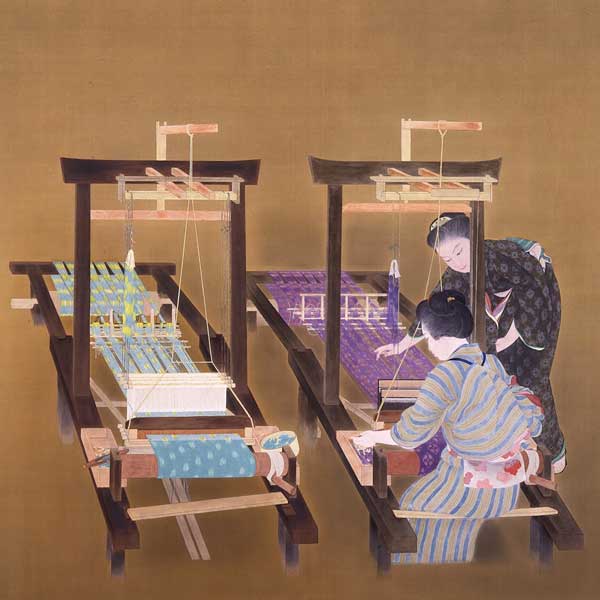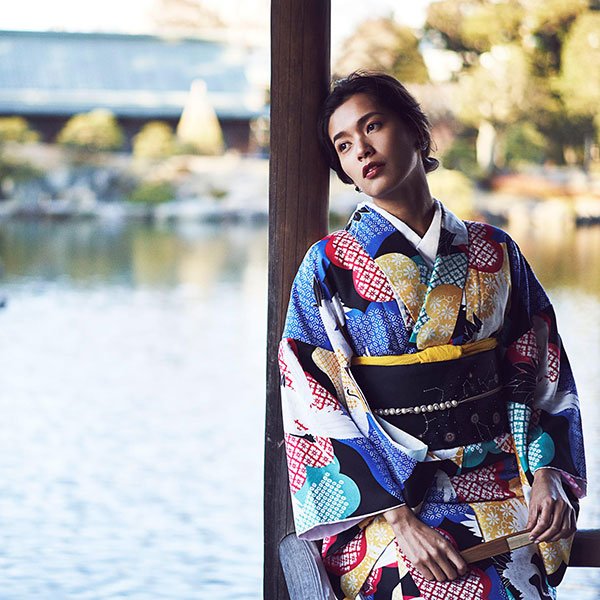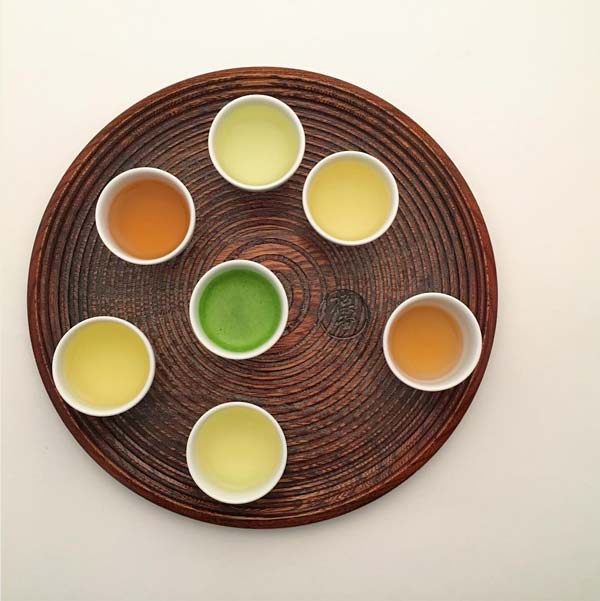6 Best Places to Experience Japanese Woodworking
by David McElhinney | TRAVEL
With forests covering two thirds of the country, it’s no surprise that woodcarving is one of Japan’s most enduring and refined crafts. The world’s oldest wooden structure, Horyu-ji Temple, in Nara, is still standing over 1,400 years after it was first constructed, while various lacquered wooden artefacts dating back first millennium BCE have been found in northern Japan.
With such a storied history, there are a host of towns peppered across the country where you can see experience Japanese woodcarving first-hand. From a museum of wooden bears in Japan’s wintry north, to the thatched-roof houses of Shirakawa-go to a small town where over 200 specialist artisans reside, the woodcarving tradition remains strong.
Get ready to visit 6 of the finest woodcarving towns in Japan!
1. Inami, Toyama
Stroll along Yokamachi-dori, the flagstone high street of Inami in Toyama Prefecture (map), and it becomes immediately clear that woodcarving runs deep in the blood of the town. Master craftsmen sit behind glass storefronts creating works of elegant art from humble tree stumps, the menthol-sweet smell of camphor wood floats through open doorways like floral cupcakes scooped straight from the oven, and at the end of the street a stern wooden daimon (main temple gate) broods over the few pedestrians who walk below.
A conglomeration of towns and villages of the Nanto region that joined to become one in 2004, Inami is home to over 200 woodcarving artisans out of only 8,000 total residents. This is a higher proportion of highly skilled carpenters per population than anywhere else in the country by quite some distance!
You can enter most of the workshops along Yokamachi-dori to watch the artisans ply their trade or ascend the small hill to Zuisen-ji, the fourth largest wooden temple in Japan. Many ornate ranma (wooden transom panels) depicting creatures from Buddhist mythology decorate the furnishings inside.
There’s also collection of villas in Inami run by the company Bed & Craft. Each of Bed & Craft’s unique accommodations fuse modern Japanese minimalism with installations made by local artisans. Bed & Craft can also organize tours and “apprenticeship experiences” with local woodcarvers or bicycle rentals for guests who want to explore further afield.
Before you set off on your Japan tour, take a moment to enjoy these 6 Classic Examples of Japanese Woodworking, and learn 6 Things You Need to Know About Kumiko Woodworking!
2. Hakone, Kanagawa
© Zoukibayashi group, Hakone Marquetry
Hakone is one of Japan’s most popular historic towns, famous for its geisha houses, an abundance of onsen (hot springs), and its proximity to Mt. Fuji. Perhaps less known, is Hakone’s deep-seated history with yosegi zaiku marquetry, or traditional Japanese puzzle boxes. Yosegi zaiku are easily identifiable due to their mosaic exteriors and the complex pattern of movements required to prize them open. Depending on the box, the number of precise movements can range from four to 72.
© Kentagon / Creative Commons, Lake Ashi
Though traditional Japanese marquetry was developed during the late Edo period (1603 – 1868), it became more widespread as Hakone’s popularity as a resort town grew. Various genera in the tree-rich mountains surrounding Hakone were used to craft yosegi zaiku, and the tradition – though dwindling – is continued be a few master craftsmen today. To try your hand one of these brain-bending puzzle boxes, head to the Sekisho Karakuri Museum by the shores of Lake Ashi.
3. Nikko, Tochigi
Nikko-bori, woodcarving in the ancient Tochigi mountain town of Nikko, stemmed from a group of carpenters brought together in the 1600s to build the famous Toshogu Shrine, the grand resting place of Ieyasu Tokugawa, one of Japan’s greatest ever samurai and the founder of the Tokugawa Shogunate which ruled the country for around 265 years.
© Visit Nikko, Toshogu Shrine
Nikko-bori is highly regarded for its curving technique – created using a hikkai carving tool – and its quality lacquering. Various items are created using the Nikko-bori method, including temple iconography, jewellery boxes and eating utensils. Each item bears a unique design, such as coiled dragons, a matrix of fans, or even simple leaves. To see some of the finest pieces of Nikko-bori handiwork, head to the Nikko Woodcarving Center in the town outskirts, or drop in to visit one the town’s most renowned woodworkers, Hideko Hirano and her daughter. There are also plenty of other things to do in Nikko, and in fact here are 20 of the best!
4. Karuizawa, Nagano
© Icchodou, Karuizawa
Karuizawa, known internationally for ski resorts and as the corner of rural Japan where John Lennon used to summer, was once a resort town for the colonial elite in the late 19th century. As Westerners flooded into the country in unprecedented numbers following the end of sakoku, Japan’s 200-plus year isolationist policy, the fad for japonaiserie hit new heights. In this new world were every object bore an artistic turn, Karuizawa’s foreign newcomers sought opulent homes decked in traditional Japanese styles.
© Icchodou, Karuizawa
To that end, local woodcarvers were brought in en masse to craft furniture for the newly built colonial villas. Karuizawa wooden furniture was emblazoned with botanical objects like flowers, trees and long grasses reflecting the landscapes of Karuizawa in summer and Japan’s naturalist religion, Shintoism. This set the foundations for Karuizawa woodcarving, which has now been designated an official cultural asset of Nagano Prefecture. To peruse these wares, head to Osakaya, a local woodcarving shop with a 100-plus year history where artisans still make furniture using the original techniques.
And if you still want to hit the slopes, check out our 10 Essential Tips to Plan Your Japan Ski Trip!
5. Shirakawa-go, Gifu
Shirakawa-go, Gifu
"To live in the steep mountains,” claims a plaque in Shirakawa-go, “is to live in Paradise on Earth". This small village resting in the shadows of the forested mountains of Gifu Prefecture looks like the kind of wholesome town from which the Grinch might try to steal Christmas. Though Shirakawa-go is an undeniably prepossessing sight from afar, especially when powdered in snow and basking in the warm glow of lamplit windows, it’s when you get up close that you’ll realize why UNESCO honored it with World Heritage Status.
© Colin Tsoi / Creative Commons, Shirakawa-go
Shirakawa-go is famed for its gassho-zukuri architecture, or thatched-roof houses shaped like praying hands, which make up the bulk of the buildings in the village. Using bundled fibres of the straw-like kaya plant, the technology to create thatched roofs of this size is both complex and enduring, with many of the current structures dating back to the late 1800s (though their roofs are best changed every 50 years or so). Under each buildings long overhanging eaves, deftly carved wooden beams slot seamlessly together without nails, holding both the vaulted roof and multiple indoor stories in place.
You can enter some of the gassho-zukuri buildings in Shirakawa-go to sit by the irori (hearths) which are used to heat the buildings and boil hot and sweet zenzai soup with mochi (sticky rice cakes). You can also learn more about the history of the village at the Gasshozukuri Minkaen Folk Museum.
Shirakawa-go is beautiful all year round, but it is undeniably one of the 10 Best Towns to Enjoy the Winter Snow in Japan!
6. Yakumo, Hokkaido
© Hokkaido Magazine Kai, Yakumo Bear
Along with dairy cows and butter candies, Yakumo, a small town in the Pacific farmlands of southern Hokkaido (map), is home to one of the most specialist crafts in Japan: the production of wooden bears. The history of Yakumo’s wooden bears is often attributed to Yoshichika Tokugawa – a descendent of the Tokugawa lineage born after the Shogunate was overthrown – who supposedly introduced them to the area upon returning from a trip to Switzerland in 1922.
© Yakumo Town, Making Yakumo Bears
Folk crafts were largely a peasant art in Switzerland used to swindle money from affluent tourists. But true to form, the bears soon became a cultural asset and prized artform in Japan. The remnants of this style of woodcarving exist largely in the Yakumo Bear Woodcarving Museum, featuring 300-plus works from over the last century, including the “original” bear woodcarving in Japan. The bear models are noted for their high attention to detail, decidedly emotive faces, and the range of sizes and poses in which they are carved.
While you’re in Hokkaido, we have some top tips for visiting the nearby towns of Niseko and Otaru.













TRAVEL | April 26, 2024